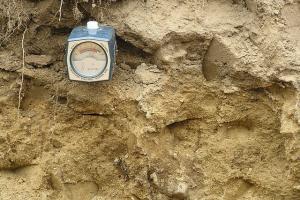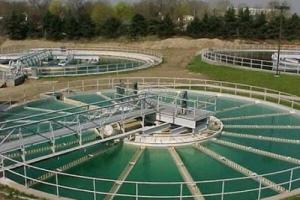Public Health Engineering

Public Health Engineering (PHE) is a field of engineering that focuses on the provision of clean and safe water supply, sanitation, and environmental health services to communities and populations. It combines engineering principles with public health practices to ensure the optimal functioning of water supply systems, wastewater management, solid waste management, and other related infrastructure.
Responsibilities of the Public Health Engineering Department
The public health engineering sector is responsible for the Collection of water, purification, transmission, and distribution of water.
-
Collection of water
-
Purification works
-
Transmission works
-
Distribution works
Water Works Explained
Collection of water:
This includes the collection of water from all available sources to ensure a continuous supply of water to the community.
Purification works:
The quality of the collected water is checked by physical and chemical tests on water and if the quantity is not satisfactory and according to WHO standards then, purification or treatment of water is done to make it suitable for its intended use e.g. cooking, drinking, bathing, washing, etc.
Transmission works:
Transmission works include measures taken to ensure the purified supply of water by laying out conduits, which do not affect the quality of water
Distribution works:
Water is then distributed to the consumers in desired quantity at adequate pressure. The quantity of water may be different for residential, commercial, and industrial zones. So accordingly, there should be a difference between the quantities of water that they will receive and hence the transmission works. Similarly, the pressure of water is also important in industries, storied buildings, and hilly areas.
The primary goal of Public Health Engineering is to protect and improve public health by preventing waterborne diseases, promoting hygiene and sanitation practices, and managing environmental factors that can affect public well-being. This field plays a critical role in both urban and rural areas, as access to clean water and proper sanitation are fundamental human rights and essential for maintaining a healthy society.
Key areas under the Domain of the PHE Department
Here are some key areas that fall under the domain of Public Health Engineering:
1. Water Supply:
Public Health Engineers design, construct, and maintain water supply systems that provide clean and potable water to communities. This involves activities such as water source identification, treatment, distribution network design, and quality monitoring.
2. Sanitation and Wastewater Management:
This aspect focuses on the safe disposal of human waste and wastewater to prevent the spread of diseases. Public Health Engineers design and implement sewage collection systems, treatment plants, and appropriate disposal methods for sewage and wastewater.
3. Solid Waste Management:
Effective waste management is crucial for maintaining a clean and healthy environment. Public Health Engineers devise strategies for waste collection, recycling, and disposal, aiming to minimize environmental impact and public health risks associated with improper waste management.
4. Environmental Health:
Public Health Engineering also encompasses assessing and managing environmental factors that can impact public health, such as air and water pollution, noise pollution, and hazardous waste disposal. Engineers work on identifying and mitigating these risks to protect the health of communities.
5. Hygiene Promotion and Behavior Change:
Public Health Engineers collaborate with public health professionals to develop and implement hygiene promotion campaigns. These initiatives aim to raise awareness about proper hygiene practices, such as handwashing, sanitation, and safe food handling, in order to prevent the spread of diseases.
Public Health Engineering requires interdisciplinary collaboration among engineers, public health experts, policymakers, and community members. It involves conducting research, implementing infrastructure projects, monitoring and evaluating systems, and advocating for policies that support public health goals.
Overall, Public Health Engineering plays a vital role in safeguarding public health by ensuring access to clean water, proper sanitation, and a healthy environment. Its focus on prevention and promotion helps communities thrive and reduces the burden of waterborne diseases and environmental hazards.
Important Definitions in Public Health Engineering
Design population:
It is the no. of people for whom the project is designed. The population should be considered as it would be at the end of the design period.
Design Flows:
The maximum discharge required at the end of the transmission system is called design flow. Per capita, consumption is the average intake of water per person. It may be for a single day, a week, a month, or annually. It can be found by dividing the total consumption of water by the number of individuals in the population using that water. The flow of water for design is calculated by multiplying the average per capita consumption annually with the design period (in years) and the design population.
Design period:
It is the number of years in the future for which the excess capacity is provided. For this amount of time the proposed system, its component structures, and equipment should be appropriate and adequate. The design period depends upon:
- Life of components system structures used.
- Ease of expansion of the project
- The type of technology used
- The rate of increase in population
- The rate of increase in water demand.
The flow required for the design period must be estimated and not over-estimated, to prevent the project from becoming un-economical and over-burdening the community with extra cost.
Population density
The number of persons per unit area – e.g. persons/Km2












